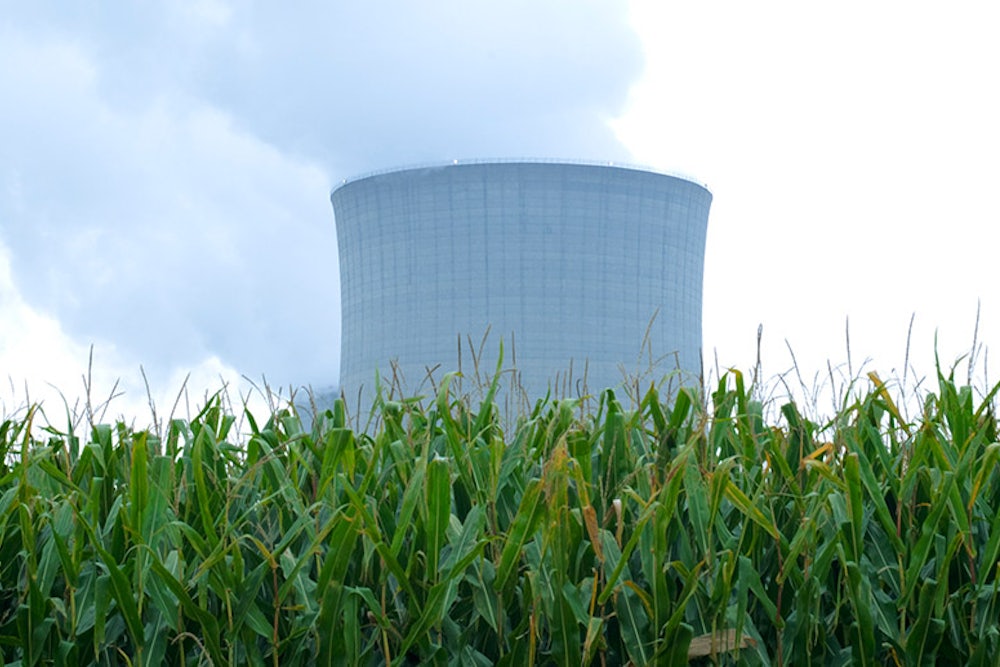When she was growing up in the Midwest, photographer Lucinda Devlin found the landscape that surrounded her—farms and flat fields—to be fairly bland. Once she moved to the more crowded East Coast, however, she felt a sense of relief whenever she returned to these vast, open spaces. “The landscapes of the Midwest form a quiet counterpoint to the more dramatic western landscapes of [Carleton] Watkins and [Timothy] O’Sullivan, and later [Ansel] Adams,” Devlin wrote in a statement, “but anyone who has driven through Iowa in July can’t help but be carried away by the seductive lushness and sheer beauty of corn and soybean fields in full vigor.”

With this series, which Devlin began in the mid-2000s, her goal was originally to make portraits of farm equipment. The project expanded to incorporate Midwestern landscapes. Field Culture then evolved into a reflection on the very notion of cultivation, and how advanced technology is used to not only to genetically engineer crops but to cultivate energy itself through the use of the turbines that have sprouted up in these landscapes.


The juxtaposition of man-made structures—electric towers and turbines—with the perfectly neat and organized furrows of corn, is just one way in which these Midwestern landscapes have become loaded images. “Point of view, use of available light, straight forward formalism, lack of human figures, and social commentary are all contained within,” Devlin added.


These photos, while characteristic of Middle America, are not stereotypical images of fields or tractors. In these countryside scenes, nature, man, and technology cohabit a restructured landscape—the embodiment of industrial agriculture.



